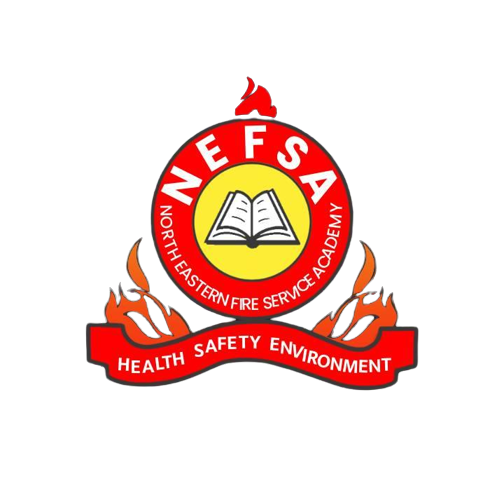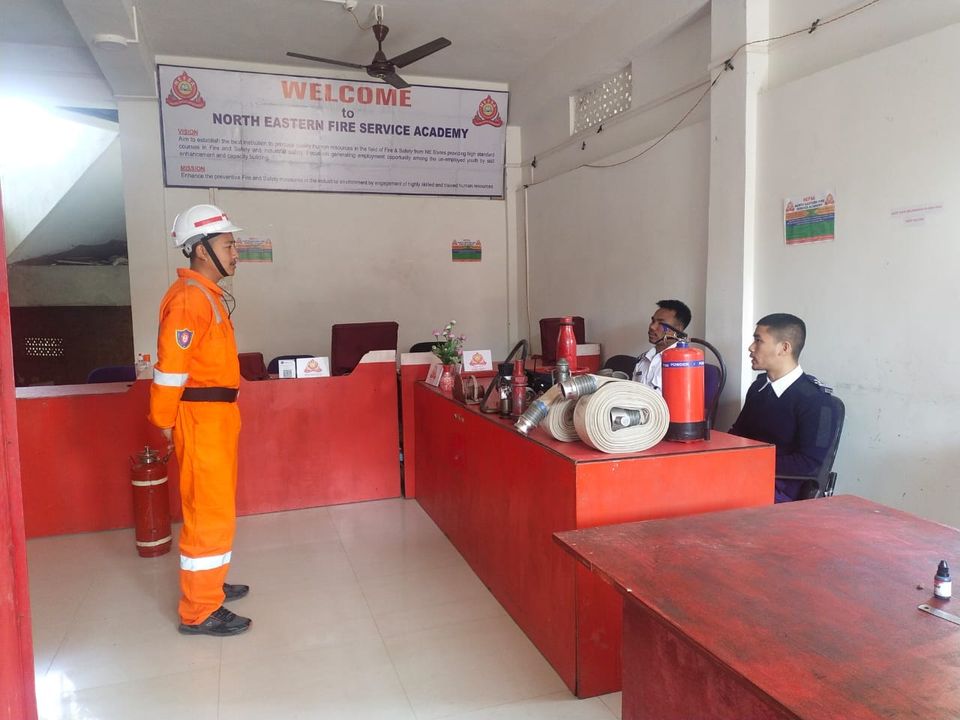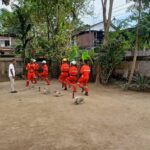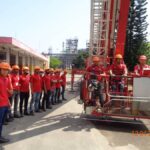Physical fitness is paramount in the demanding field of firefighting, and as a student at Dibrugarh NEFSA (National Emergency Services Academy) Fire Academy, it’s essential to be prepared for the rigorous physical fitness tests ahead. In this SEO-friendly blog post, we will provide you with valuable insights and practical tips on how to effectively prepare for the physical fitness tests at Dibrugarh NEFSA Fire Academy, helping you build the strength, endurance, and agility necessary for success.
- Understand the Fitness Test Requirements: Start by familiarizing yourself with the specific physical fitness test requirements at Dibrugarh NEFSA Fire Academy. Understand the components of the test, such as timed runs, obstacle courses, ladder climbs, and equipment handling. Knowing what to expect will help you tailor your training regimen accordingly.
- Begin with a Baseline Assessment: Conduct a baseline assessment of your current fitness level to identify areas that need improvement. This assessment will serve as a benchmark to track your progress and allow you to design a personalized training program that addresses your specific strengths and weaknesses.
- Cardiovascular Endurance Training: Cardiovascular endurance is crucial for firefighters, as they often face physically demanding situations. Incorporate exercises such as running, swimming, cycling, or high-intensity interval training (HIIT) to improve your endurance. Gradually increase the duration and intensity of your workouts to build stamina.
- Strength and Functional Training: Firefighters need strength and functional fitness to perform various tasks. Include strength training exercises such as weightlifting, bodyweight exercises, and resistance training. Focus on compound movements that engage multiple muscle groups, such as squats, lunges, push-ups, and pull-ups. Additionally, integrate functional exercises that simulate firefighting movements, such as carrying hoses or climbing stairs.
- Agility and Coordination Exercises: Firefighters must navigate through challenging environments with agility and coordination. Incorporate exercises that enhance agility, such as ladder drills, cone drills, and agility ladder exercises. Practice balance and coordination exercises to improve your ability to maneuver obstacles effectively.
- Flexibility and Mobility Training: Flexibility and mobility are essential to prevent injuries and perform tasks efficiently. Incorporate stretching exercises and mobility drills into your training routine. Focus on areas prone to tightness, such as hips, shoulders, and lower back. Consider incorporating activities like yoga or Pilates to improve overall flexibility.
- Interval Training for Speed and Power: Firefighting requires bursts of speed and power. Include interval training sessions that involve short, intense bursts of activity followed by brief recovery periods. This type of training helps improve anaerobic fitness, speed, and explosive power necessary for firefighting tasks.
- Hydration and Nutrition: Proper hydration and nutrition are crucial for optimal performance and recovery. Stay hydrated throughout the day and consume a well-balanced diet consisting of lean proteins, whole grains, fruits, vegetables, and healthy fats. Prioritize nutrient-dense foods that provide sustained energy and support muscle recovery.
- Mental Preparation and Stress Management: Physical fitness is intertwined with mental preparedness. Develop mental resilience by practicing stress management techniques, such as meditation, deep breathing exercises, or visualization. Build mental toughness and the ability to stay focused and composed during physically challenging situations.
- Track Progress and Adjust Training: Regularly monitor your progress by reevaluating your fitness levels and reassessing your performance in practice tests. Keep a training log to track improvements and adjust your training program accordingly. Modify exercises, increase intensity, or introduce new challenges to ensure continued progress.
Conclusion:
By following these tips, you can effectively prepare for the physical fitness tests at Dibrugarh NEFSA Fire Academy, ensuring that you are physically and mentally equipped for the challenges of firefighting. Remember, consistency, dedication, and a well-rounded training regimen will help you develop the strength, endurance, agility, and resilience necessary to excel in your firefighting career. To join our academy click www.nefsaindia.com







